Set 1 of Maple
Sugaring Photographs
Bob Jensen at
Trinity University
We live in
Sugar Hill, New Hampshire which got its name for the tapping of maple trees to
get
maple syrup, maple sugar, maple flavorings, and sweet maple paste.
We have upwards of 50 maple trees, but Erika and I really only have seven that are
the very large and very old maple trees
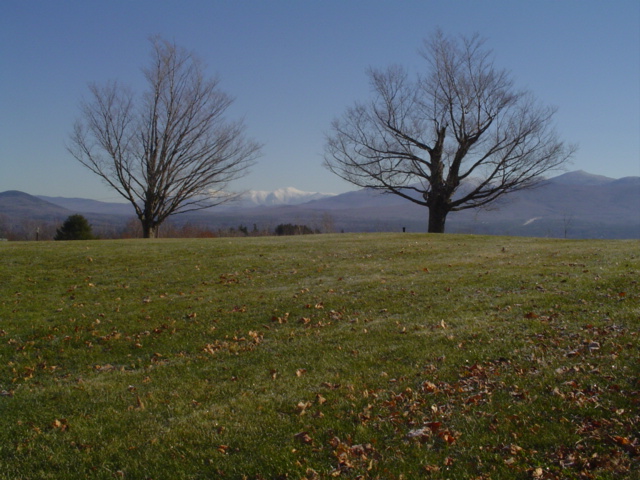
More Pictures of
Our Maple Trees
http://www.trinity.edu/rjensen/Tidbits/Trees/Maple/Maples01.htm
Our cottage is located outside the White
Mountain village of Sugar Hill
As you might guess the Sugar Hill region has a long history of maple sugaring
Taps and buckets are placed on trees in late March through early April

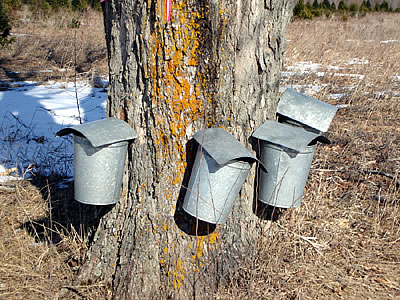

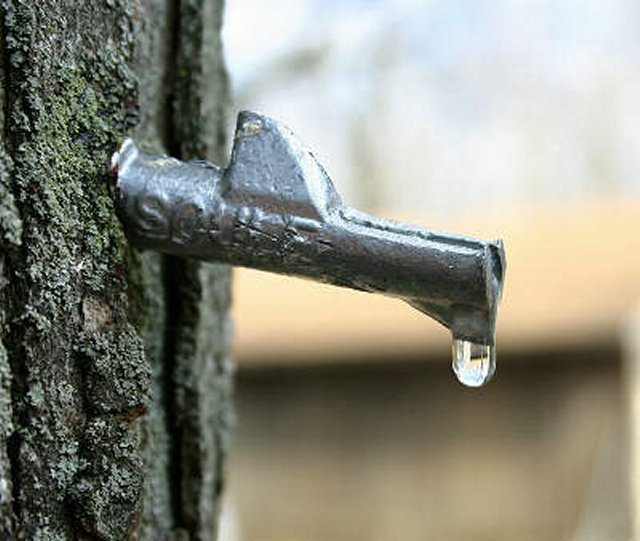
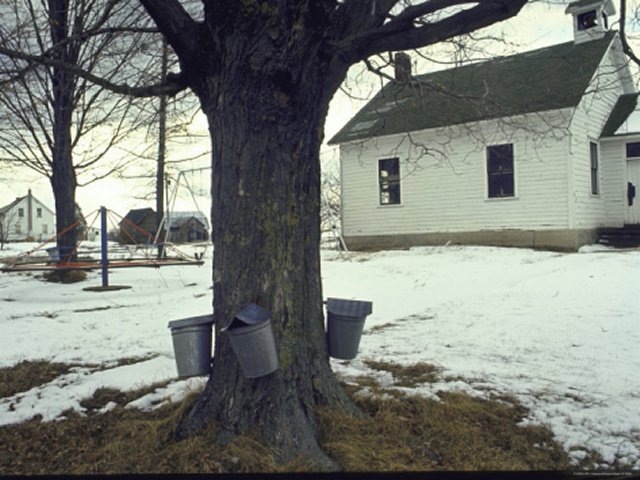
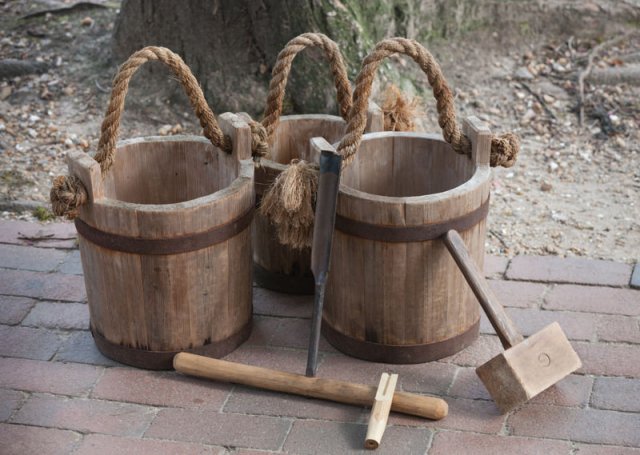
A Look at New
England's Maple Sugar Season ---
http://www.bostonglobe.com/magazine/2015/03/08/look-new-england-maple-syrup-season/Fy7kHHHhTV45rpvFi2YnVN/story.html
In our village
of Sugar Hill you can buy maple sugar products in two places.
The best known place is Polly's Pancake Parlor
https://pollyspancakeparlor.com/
You can buy on mail order or in the restaurant itself

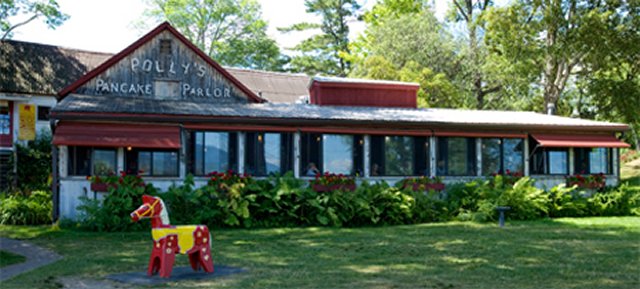
The above building was torn down last October.
A much larger version now sits in its place and will have a grand opining on May
1, 2015
The larger version should eliminate having to wait so long to be seated
Polly's Photo
Album
https://pollyspancakeparlor.com/our-story
Polly's FAQs
https://pollyspancakeparlor.com/faqs
This is the view
from the front of Polly's Pancake Parlor
The horse is an aged leopard appaloosa owned by Polly's great granddaughter
You can tell I took this picture in June during our lupine season
Just down the
road from Polly's is the Iris Farm (no vacant but being restored)

The other place
to purchase maple sugar products is the only store in downtown Sugar Hill.
It's called Harmon's Cheese House and Country Store
http://www.harmanscheese.com/
Our good friends, a mother-daughter team, work hard year around in this store
Believe it or not this store ships over two tons of cheddar cheese each year
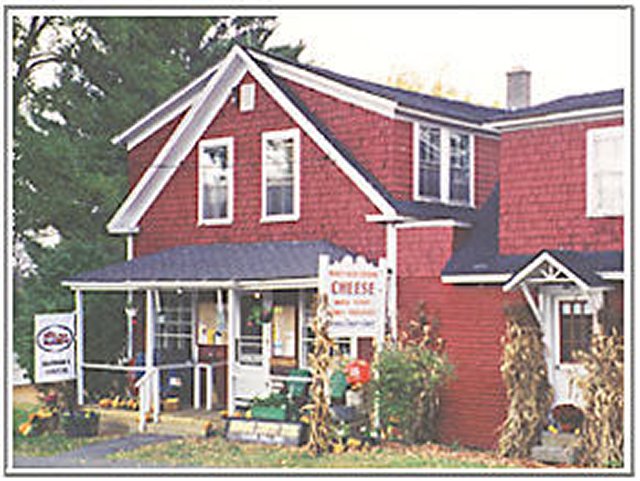
Maple Sugaring --- http://en.wikipedia.org/wiki/Maple_syrup
Maple syrup is a syrup usually made from the xylem sap of sugar maple, red maple, or black maple trees, although it can also be made from other maple species. In cold climates, these trees store starch in their trunks and roots before the winter; the starch is then converted to sugar that rises in the sap in the spring. Maple trees can be tapped by boring holes into their trunks and collecting the exuded sap. The sap is processed by heating to evaporate much of the water, leaving the concentrated syrup.
Maple syrup was first collected and used by the indigenous peoples of North America. The practice was adopted by European settlers, who gradually refined production methods. Technological improvements in the 1970s further refined syrup processing. The Canadian province of Quebec is by far the largest producer, responsible for about three-quarters of the world's output; Canadian exports of maple syrup exceed C$145 million (approximately US$130.5 million) per year. Vermont is the largest producer in the United States, generating about 5.5 percent of the global supply.
Maple syrup is graded according to the Canada, United States, or Vermont scales based on its density and translucency. Sucrose is the most prevalent sugar in maple syrup. In Canada, syrups must be at least 66 percent sugar and be made exclusively from maple sap to qualify as maple syrup.[1] In the United States, a syrup must be made almost entirely from maple sap to be labelled as "maple", though states such as Vermont and New York[2] have more restrictive definitions (see below).
Maple syrup is often eaten with pancakes, waffles, French toast, or oatmeal and porridge. It is also used as an ingredient in baking, and as a sweetener or flavouring agent. Culinary experts have praised its unique flavour, although the chemistry responsible is not fully understood.
Three species of maple trees are predominantly used to produce maple syrup: the sugar maple (Acer saccharum), the black maple (A. nigrum), and the red maple (A. rubrum),[4] because of the high sugar content (roughly two to five percent) in the sap of these species.[5] The black maple is included as a subspecies or variety in a more broadly viewed concept of A. saccharum, the sugar maple, by some botanists.[6] Of these, the red maple has a shorter season because it buds earlier than sugar and black maples, which alters the flavour of the sap.[7]
A few other (but not all) species of maple (Acer) are also sometimes used as sources of sap for producing maple syrup, including the box elder or Manitoba maple (Acer negundo),[8] the silver maple (A. sacharinum),[9] and the bigleaf maple (A. macrophyllum).[10] Similar syrups may also be produced from birch or palm trees, among other sources.[11
Indigenous peoples living in the northeastern part of North America were the first groups known to have produced maple syrup and maple sugar. According to aboriginal oral traditions, as well as archaeological evidence, maple tree sap was being processed into syrup long before Europeans arrived in the region.[13][14] There are no authenticated accounts of how maple syrup production and consumption began,[15] but various legends exist; one of the most popular involves maple sap being used in place of water to cook venison served to a chief.[14] Other stories credit the development of maple syrup production to Nanabozho, Glooskap, or the squirrel. Aboriginal tribes developed rituals around sugar-making, celebrating the Sugar Moon (the first full moon of spring) with a Maple Dance.[16] Many aboriginal dishes replaced the salt traditional in European cuisine with maple sugar or syrup.[14]
The Algonquians recognized maple sap as a source of energy and nutrition. At the beginning of the spring thaw, they used stone tools to make V-shaped incisions in tree trunks; they then inserted reeds or concave pieces of bark to run the sap into buckets, which were often made from birch bark.[15] The maple sap was concentrated either by dropping hot cooking stones into the buckets[17] or by leaving them exposed to the cold temperatures overnight and disposing of the layer of ice that formed on top. While there was widespread Agriculture in Mesoamerica and the Southeast and Southwest regions of the United States, the production of maple syrup is one of only a few agricultural processes in the Northeast that is not a European colonial import.
. . .
Production methods have been streamlined since colonial days, yet remain basically unchanged. Sap must first be collected and boiled down to obtain pure syrup without chemical agents or preservatives. Maple syrup is made by boiling between 20 and 50 volumes of sap (depending on its concentration) over an open fire until 1 volume of syrup is obtained, usually at a temperature 4.1 °C (7.4 °F) over the boiling point of water. As the boiling point of water varies with changes in air pressure the correct value for pure water is determined at the place where the syrup is being produced, each time evaporation is begun and periodically throughout the day.[23][28] Syrup can be boiled entirely over one heat source or can be drawn off into smaller batches and boiled at a more controlled temperature.[29]
Boiling the syrup is a tightly controlled process, which ensures appropriate sugar content. Syrup boiled too long will eventually crystallize, whereas under-boiled syrup will be watery, and will quickly spoil. The finished syrup has a density of 66° on the Brix scale (a hydrometric scale used to measure sugar solutions).[30] The syrup is then filtered to remove sugar sand, crystals made up largely of sugar and calcium malate.[31] These crystals are not toxic, but create a "gritty" texture in the syrup if not filtered out.[32] The filtered syrup is graded and packaged while still hot, usually at a temperature of 82 °C (180 °F) or greater. The containers are turned over after being sealed to sterilize the cap with the hot syrup. Packages can be made of metal, glass, or coated plastic, depending on volume and target market.[33] The syrup can also be heated longer and further processed to create a variety of other maple products, including maple sugar, maple butter or cream, and maple candy or taffy.[34]
Continued in article


The collected
sap is sometimes still hauled out of the woods by horses
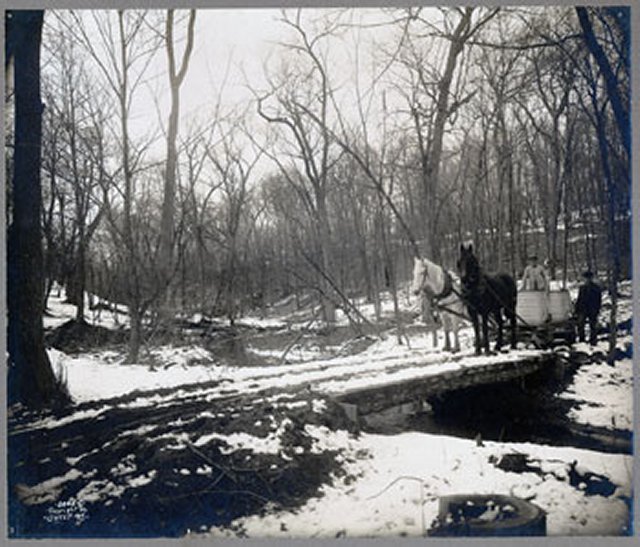
The sap is
boiled down in what are known as "sugar shacks"

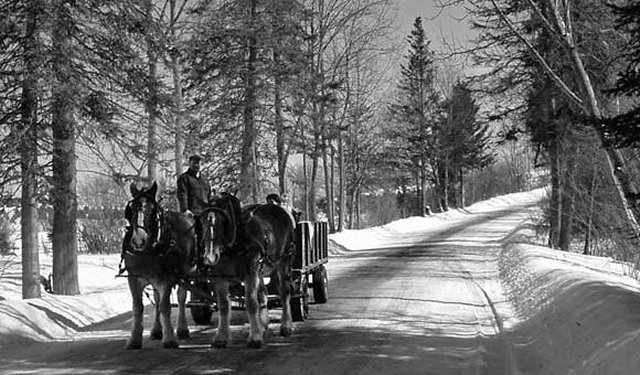
YouTube Video on How to Make Maple Syrup --- https://www.youtube.com/watch?v=d74a6uKAz2o
From the Scout Report on April 5, 2013
Amidst a bucolic New England backdrop, the maple syrup industry is
going high-tech
High-Tech Means of Production Belies the Nostalgic Image of Maple Syrup
http://www.nytimes.com/2013/03/31/us/maple-syrup-takes- turn-toward-technology.html
Birch syrup explored as add-on to maple industry
http://online.wsj.com/article/AP38cd57f41f0646caad366c5ec16b 8201.html
Maple-syrup making way of life for Salem family
http://www.vindy.com/news/2013/apr/01/hidden-farm- yields-masterful-syrup-makin/
Produces hope for successful maple syrup season
http://lacrossetribune.com/news/local/producers-hope-for- successful-maple-syrup-season/ article_91ca78d0-98e7-11e2- 9322-001a4bcf887a.html
Maple Research Website
http://researchguides.uvm.edu/maple/
Maple Syrup
http://www.poetryfoundation.org/poem/171760
More Pictures of Our Trees
My Maple Tree and Maple Sugaring Favorite Photographs
http://www.trinity.edu/rjensen/Tidbits/Trees/Maple/Maples01.htmSet 1 of my Birch Tree Photographs
www.trinity.edu/rjensen/tidbits//Trees/Birch/Birches01.htmSet 1 of my Timber Harvesting (Logging) Photographs
www.trinity.edu/rjensen/tidbits/Trees/TimberHarvest/Set01/TimberHarvest01.htm
More of Bob Jensen's Pictures and
Stories
http://www.trinity.edu/rjensen/Pictures.htm
Blogs of White
Mountain Hikers (many great photographs) ---
http://www.blogger.com/profile/02242409292439585691
.
White Mountain News --- http://www.whitemtnews.com/
On May 14,
2006 I retired from
Trinity University after a long and
wonderful career as an accounting professor in four universities. I was
generously granted "Emeritus" status by the Trustees of Trinity University. My
wife and I now live in a cottage in the White Mountains of New Hampshire ---
http://www.trinity.edu/rjensen/NHcottage/NHcottage.htm
Bob
Jensen's Blogs ---
http://www.trinity.edu/rjensen/JensenBlogs.htm
Current and past editions of my newsletter called New
Bookmarks ---
http://www.trinity.edu/rjensen/bookurl.htm
Current and past editions of my newsletter called
Tidbits ---
http://www.trinity.edu/rjensen/TidbitsDirectory.htm
Current and past editions of my newsletter called
Fraud Updates ---
http://www.trinity.edu/rjensen/FraudUpdates.htm
Bob Jensen's past presentations and lectures
---
http://www.trinity.edu/rjensen/resume.htm#Presentations
Our
address is 190 Sunset Hill Road, Sugar Hill, New Hampshire
Our cottage was known as the Brayton Cottage in the early 1900s
Sunset Hill is a ridge overlooking with
New Hampshire's White Mountains to the East
and Vermont's
Green Mountains to the West
New Hampshire Historical Society --- http://www.nhhistory.org
Clement Moran Photography
Collection (antique New Hampshire photographs) ---
Click Here
http://www.library.unh.edu/digital/islandora/solr/search/moran/1/category%3APhotographs~slsh~Clement%5C%20Moran%5C%20Collection%2A~/dismax
Bob Jensen's Threads --- http://www.trinity.edu/rjensen/threads.htm
Bob Jensen's Home Page --- http://www.trinity.edu/rjensen/